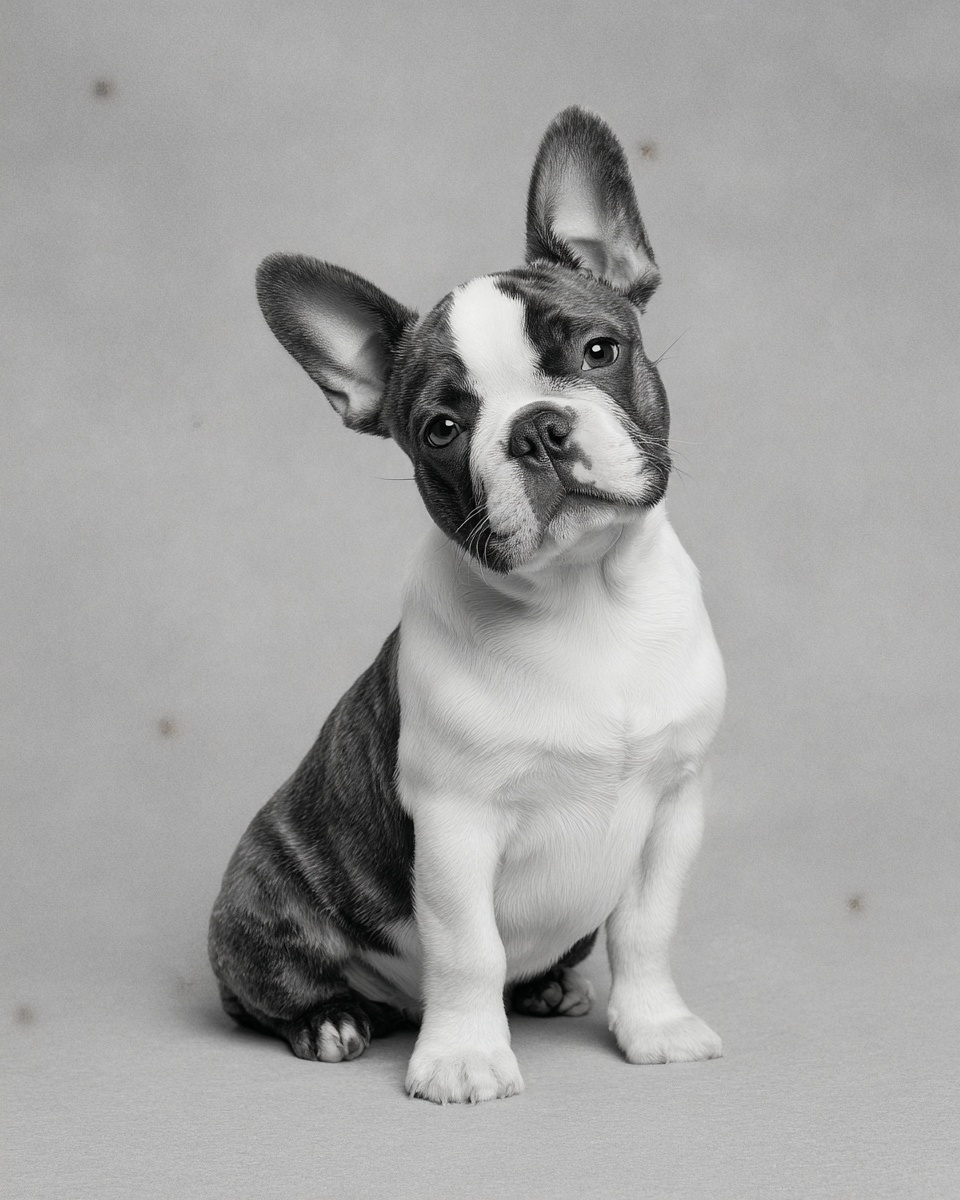Boston Terrier

Description
Boston Terriers, often called Boston Bulls, originated in late 19th-century America, bred from English Bulldogs and now-extinct white English Terriers. Their compact, muscular build was refined to maintain sturdiness while reducing size, with a notable ancestor named Judge shaping the modern breed. This breed was officially recognized by the American Kennel Club in 1893 as a non-sporting dog. Boston Terriers are friendly and social companions that adapt well to apartment or house living. They communicate clearly through expressive faces and tend to be polite, rarely barking without cause. Their gentle demeanor makes them suitable for families with children, seniors, and other pets. They respond quickly to training cues, making them relatively easy to manage.
Grooming
The Boston Terrier's short, smooth coat requires minimal upkeep but benefits from weekly brushing with a rubber curry or bristle brush to manage light to moderate shedding. Bathing should be done every 4 to 8 weeks to avoid drying out the skin. Regular nail trims every 2 to 4 weeks keep paws healthy, while monthly ear checks prevent buildup. Their black-and-white or brindle-and-white coats don’t need special stain care but do show dirt easily, so spot cleaning is helpful. • Brush weekly with rubber curry or bristle brush • Bathe every 4–8 weeks, no more • Trim nails every 2–4 weeks • Clean ears monthly • Spot clean face folds as needed Pro tip: Use a damp cloth to gently wipe around the eyes and muzzle between baths to keep their signature tuxedo look sharp.
Learn the Smooth routine:
→ Complete Smooth Grooming Guide
Walking
Boston Terriers need about 40 minutes of walking daily, ideally in a single session to match their moderate stamina and avoid overexertion. A consistent routine helps them stay calm and content. Their low barking tendency means walks are usually peaceful, but they enjoy brief play breaks during outings. Example routine: A 10-minute warm-up stroll around the block followed by 30 minutes of brisk walking or light jogging in a park. This balances mental stimulation with physical activity, keeping your Boston Terrier engaged without tiring them out.
Boarding
When boarding a Boston Terrier, provide a crate sized between 30 and 36 inches to ensure comfort without excess space. Their calm playstyle means they prefer gentle interactions and quiet decompression after exercise. Daily enrichment should include controlled exercise sessions to reduce stress and maintain routine. Staff should note their sociable nature and monitor for signs of anxiety, as these dogs thrive on companionship but can become uneasy if isolated. Offering chew toys or puzzle feeders can help keep them mentally occupied during downtime. Maintaining a calm environment supports their well-being while away from home.